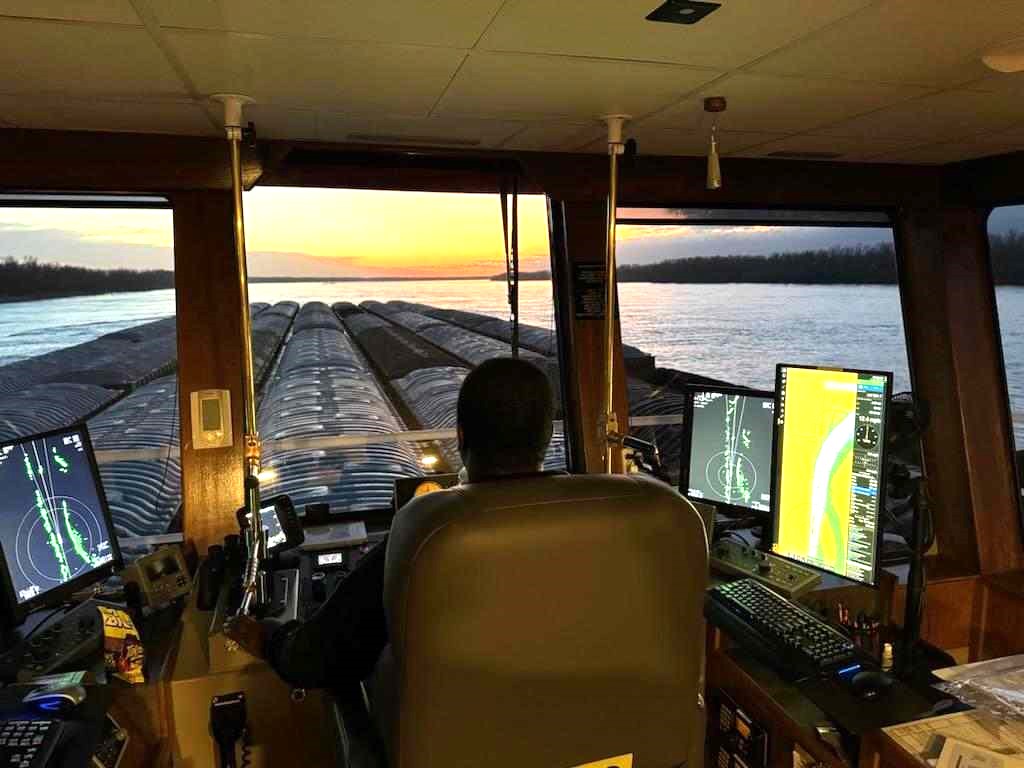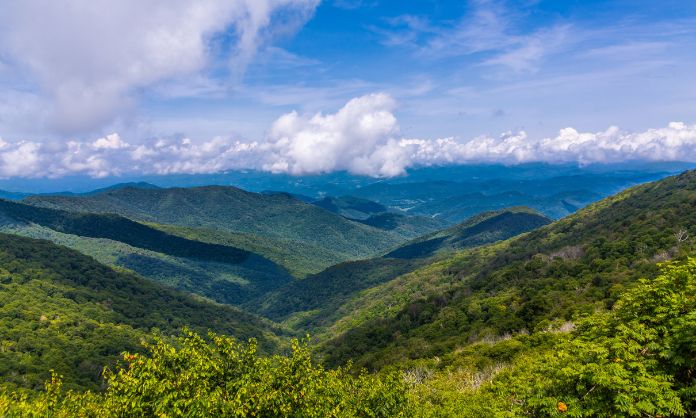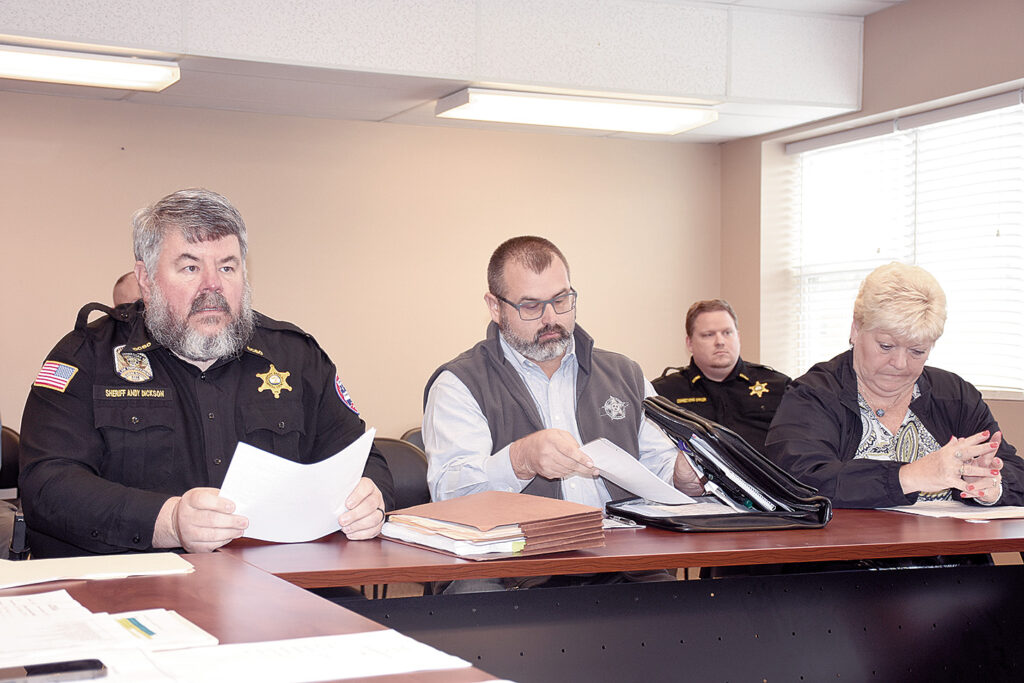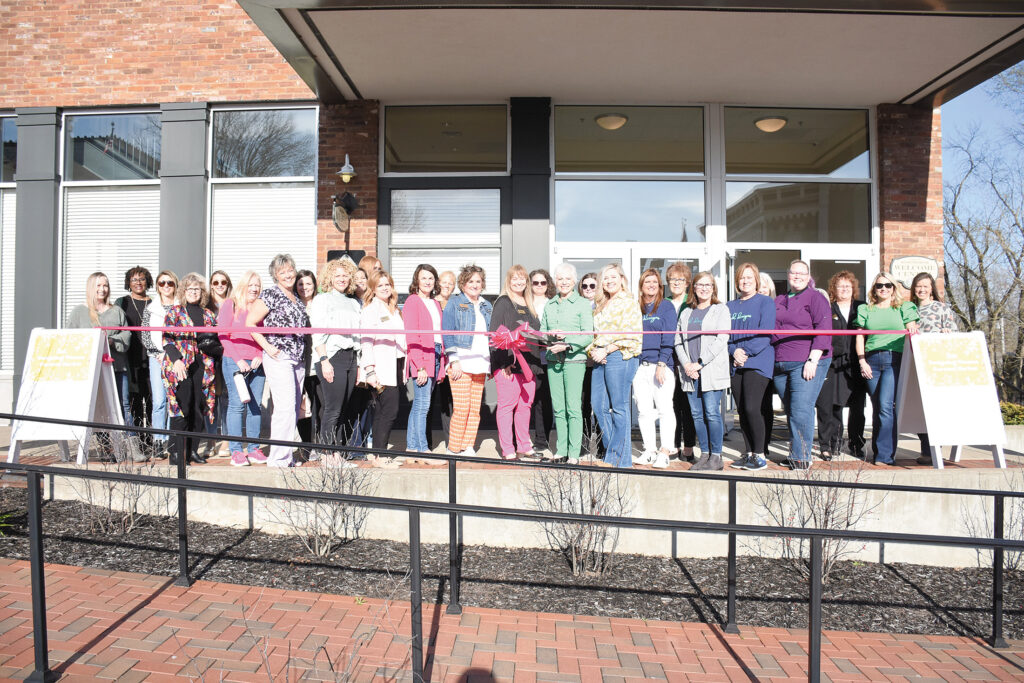“When you rescue someone there is no other feeling like it in the world,” said Col. James C. Harding recently while sitting at the dining room table at his log home on Ledsinger Road off U.S. Highway 70 west of Huntingdon. He recalled the rescue mission that earned him his Air Force Cross, the highest honor bestowed upon an individual by the Air Force.
He is the 25th most decorated hero in military history. General Douglas MacArthur is listed as number one on that list.
For a brief moment his eyes moisten as he remembers the embrace that he and Marine pilot Major Clyde Smith gave each other after the mission was completed in 1972 from April 10 – 13 during the Vietnam War. The rescued man only recognized Harding through his call sign, Sandy-1, when he introduced himself in that manner in a reception line after the rescue.
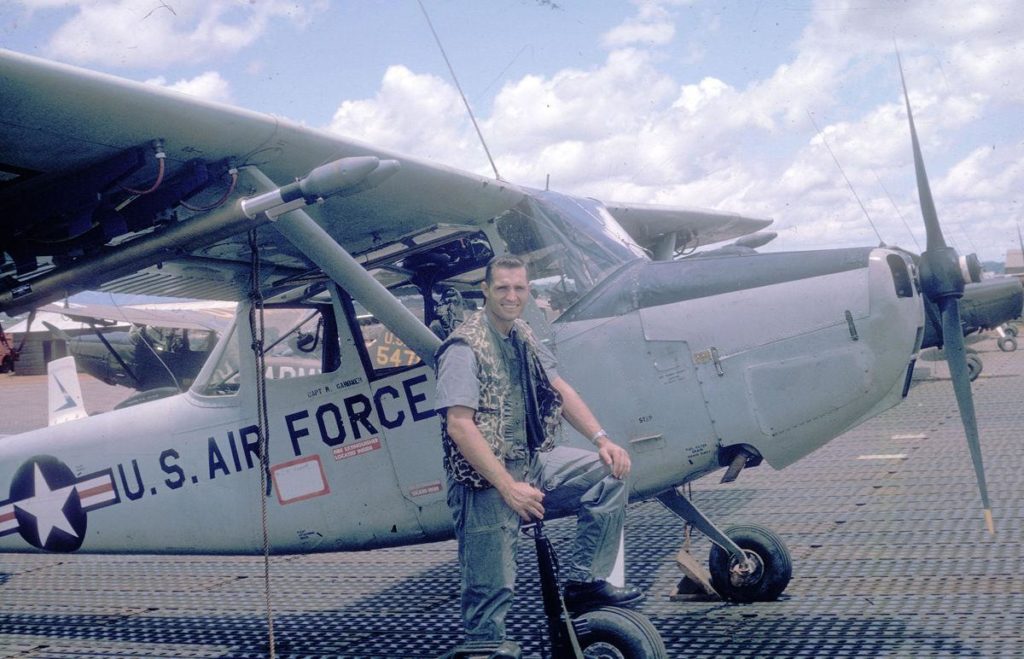
“Rescuing him was certainly a challenge,” said the Colonel. “But we found a way.”
Smith was shot down in Laos, resulting in the largest rescue effort of the war. Harding was featured in a History Channel documentary that involved him playing a key role in the rescue. It can be viewed at www.youtube.com.
In this mission, Harding says that he learned five most important traits in his life – integrity, accountability, humility, tenacity, and love.
He understood the rescue was a super dangerous operation that could cost lives if mistakes were made.
The situation presented problems because Smith had landed near the Ho Chi Minh Trail that connected South Vietnam with North Vietnam through Laos and Cambodia and was protected by anti-aircraft artillery.
Harding said his first plan of using a helicopter entering the area at high altitude for the rescue was rejected. But he didn’t give up and the Air Force approved his second plan of entering the area at extremely low altitude. Smith and Harding managed to talk with each through survival radio contact on a special radio frequency.
Air strikes were begun in the area and increased as the days went by. Finally smoke bombs were dropped that created a dense fog that couldn’t be seen through. It was then that Harding led the helicopters in to complete final pick up and make the rescue.
However, Smith had a close call while waiting. He heard Vietnamese soldiers and had to hide in a hole left by the roots of a downed tree in a ravine.
Not a single aircraft or airman, all volunteers, was lost in the mission.
A few weeks later, Harding was shot down while attempting to rescue a O-2 Forward Air Controller pilot and some American advisors. While he and another pilot were circling trying to assess the situation, a surface-to-air missile struck his aircraft. All of a sudden he said the engine was in front of his eyes, the cowling and propeller were gone and another missile hit the bottom of the aircraft causing it to nose straight down. After ejecting, he told his wingman to get out over the water so he could help coordinate a rescue. However, his wingman was also shot down shortly thereafter by the same missile site.
During the ordeal on the ground before his rescue, he killed three North Vietnamese soldiers. He shot one North Vietnam soldier with his .38 pistol and then used the dead soldier’s AK-47 to eliminate two others and elude capture. He and his wingman were later successfully rescued by U.S. Army helicopters.
He also participated in the rescue of another Air Force pilot who spent 23 days on the ground after being shot down near a North Vietnam village. Harding said at night Roger Locher managed to scavenge vegetables from a village garden and lick dew from plants as a source of water
Harding served as an instructor pilot and aerial demonstration pilot at Lackland AFB, Texas, until September 1962. He served as an Air Liaison Officer, flying 442 combat missions in the O-1 aircraft in Southeast Asia between July 1963 and July 1967. He later returned to combat in Southeast Asia as the Commander of the 1st Special Operations Squadron at Nakhon Phanom Royal Thai AFB, Thailand, where he flew another 154 combat missions, flying the A-1 aircraft. He then served with the 23rd Tactical Fighter Wing At England AFB, Louisiana, from November 1972 to November 1973, followed by service at Randolph AFB, Texas, where he served until June 1976. He then returned to Maxwell AFB, where he served from July 1976 to September 1977. His final assignment was at Shaw AFB, South Carolina, where he served from September 1977 until his retirement from the Air Force on July 31, 1979. After retiring from the Air Force, he served as commander of several Air Force Junior ROTC detachments in Florida, Hawaii, Germany, Texas, and Italy for 14 years.
Besides the Air Force Cross, he has three Silver Stars, two Legion of Merits, nine Distinguished Flying Crosses, two Bronze Stars with V, four Purple Hearts, and 40 Meritorious Service Air Medals.
The only one he lacks is the Congressional Medal of Honor that is higher than the Air Force Cross.
“I have a lot of friends who were POW’s in North Vietnam,” he said.
He once was quoted as saying: “When you think about it, life isn’t measured by the number of breaths we take, but by the number of moments that take our breath away. What we must understand in life is that there are ups and downs, but if you worry about the downs, you’ll never enjoy the ups.”
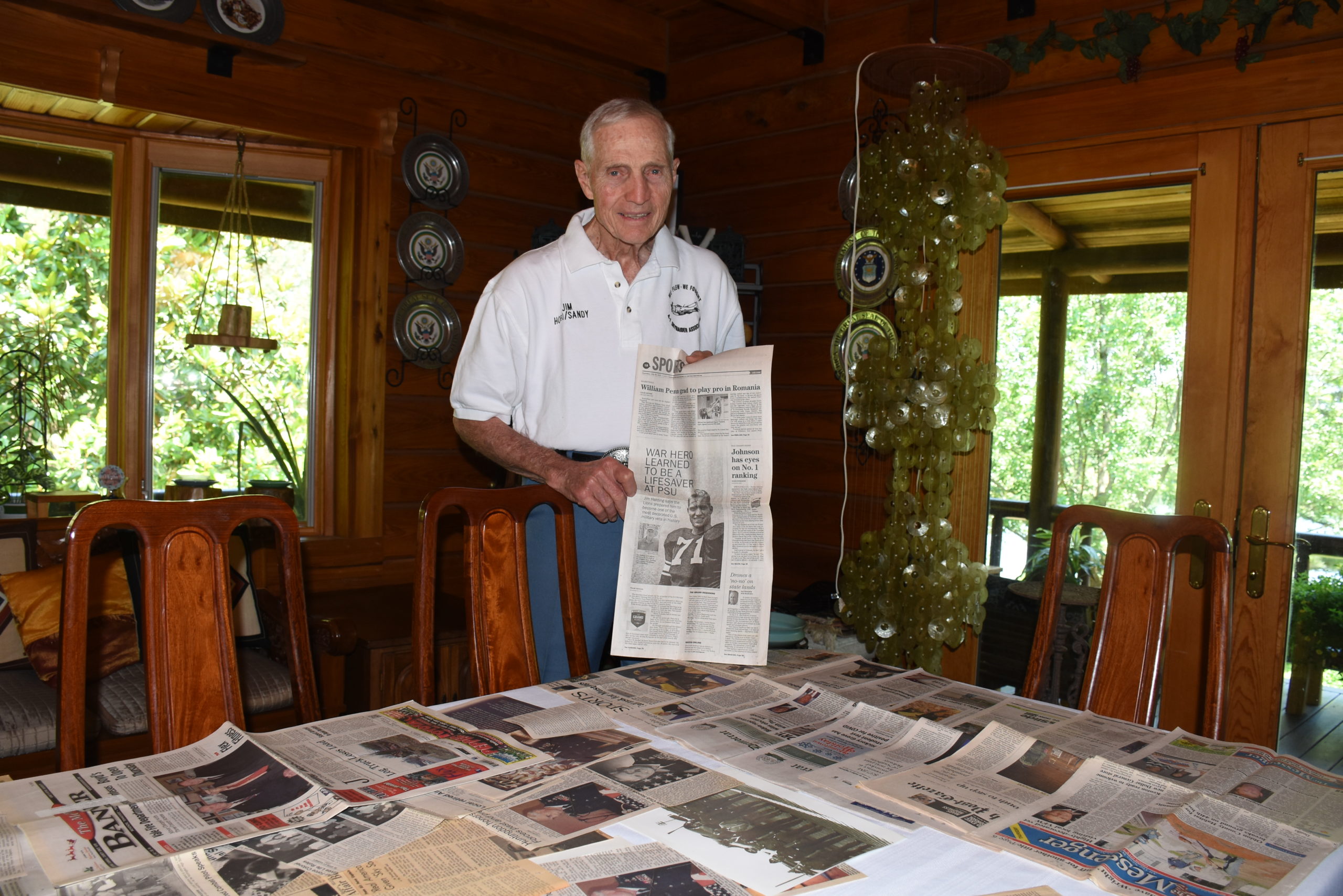
Early Childhood
James C. Harding was born June 27, 1934 in Brookville, Pennsylvania. He was one of six children (four boys and two girls) born into a dairy farming operation. Today, there is only he and a sister still living.
After graduating from high school, he attended Penn State on a football scholarship and was majoring in Animal Husbandry with a minor in English. He flew for the first time the summer prior to his senior year at Penn State in 1956. Immediately he was hooked on flying due to being a part of the Air Force ROTC program.
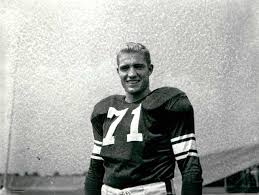
It was the beginning of his illustrious career in the Air Force.
His first stop after joining the Air Force was Marana Air Base in Arizona where he started his pilot training. At MacDill Air Force Base in Florida he helped retrain pilots who had been out of the cockpit for a period of time and needed to fly fighter-bomber aircraft.
In the summer of 1963, Harding was transferred to the 313th Air Division at Kadena Air Base in Okinawa. There he drew up plans on what would be done if the U.S. went to war with anyone in the Southeast Asia area.
He has traveled all over the world during his lifetime serving the Air Force in many different programs.
His retirement years
Harding and his wife Barbara moved to their 130-acre tree farm in 2001 from Bayview, Texas, where they owned a citrus tree farm. The Hardings had visited Barbara’s twin sister, Peggy, who had moved to Carroll County as did several other family members. Over the years they have planted over 15,000 pine seedlings they bought from the Forestry Service on their farm.
He and Barbara host huge family reunions at their residence. Together they have six children, 12 grandchildren and 24 great grandchildren. He says they come with sleeping bags and love exploring the trails among the trees while visiting.

On the long lane from Ledsinger Road to the Hardings’ log house the fresh crisp smell of the thickly populated pine trees fills the air.
He admits that his past sometimes haunts him in the middle of the night as he tries to defend himself against the enemy.
He smiles when asked: “What do you think when people call you a war hero?”
“I’m just a farm boy,” he said. “Being a hero never crossed my mind. I was just serving my country and doing my job.”
“I was just serving my country and doing my job,” he says.
“I’m just a farm boy,” he said. “I didn’t even think about that 20 years ago.”
He and Barbara attend the First Baptist Church of Huntingdon. He also began a Prayer on the Square gathering that meets on second Saturday of each month at 9 a.m.
They built a 15-acre lake behind their house.
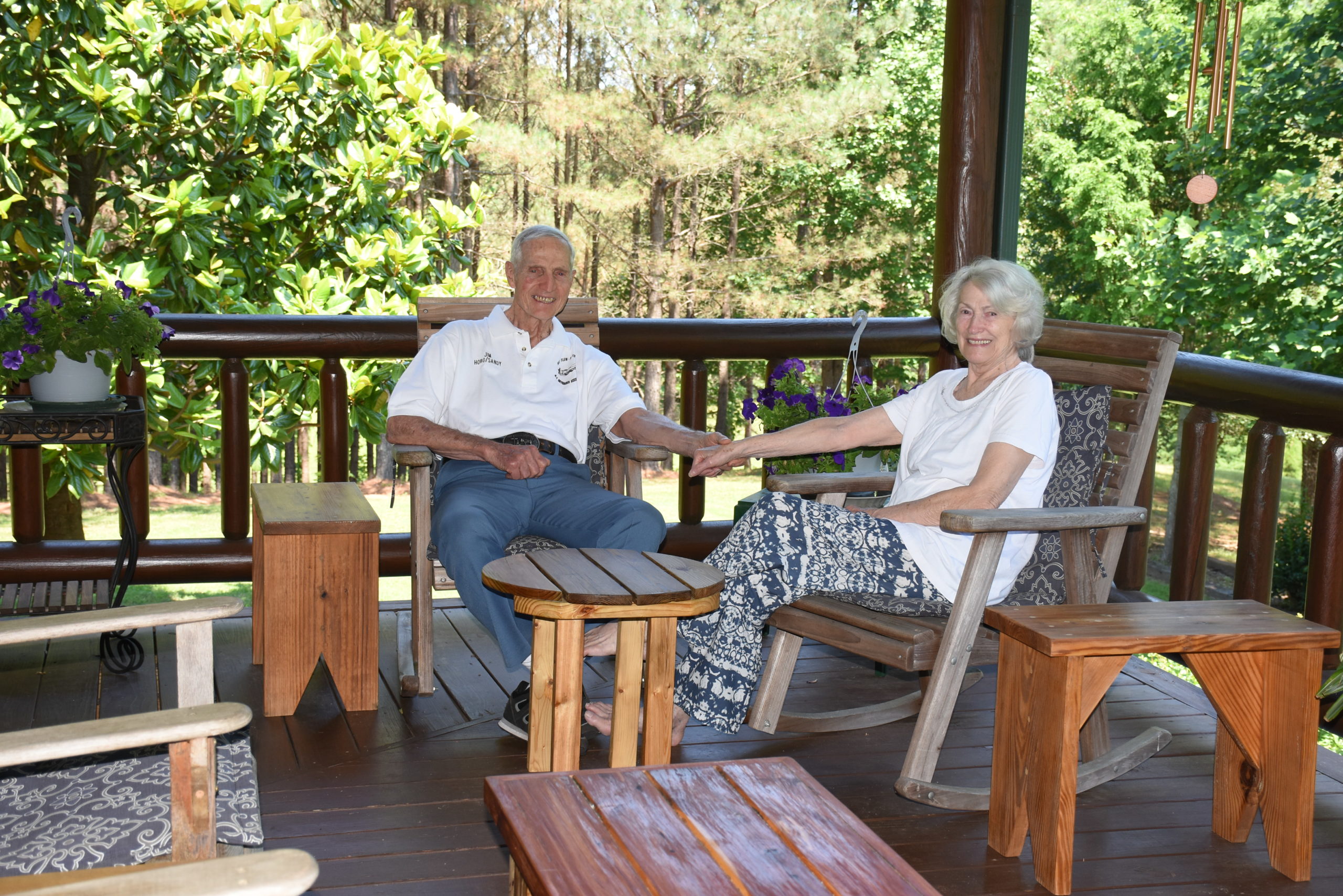
An outside porch across the back of their house serves as a place of rest and solitude for the couple at the end of the day or early morning.
Harding says there’s just something special about the trees that he and Barbara enjoy so much.
“We are so blessed to live and work here,” he said. “We feel close to the Lord here.”



